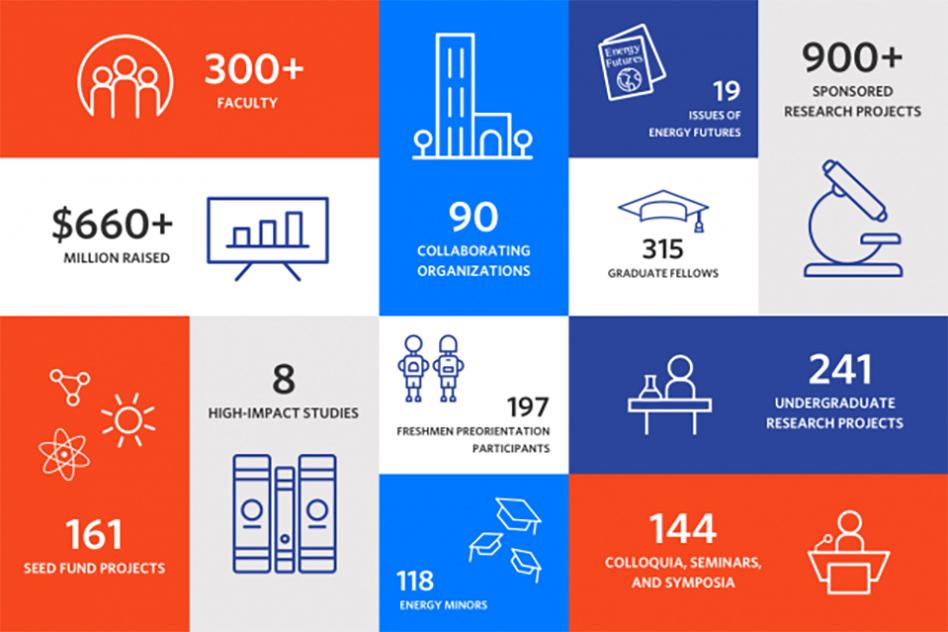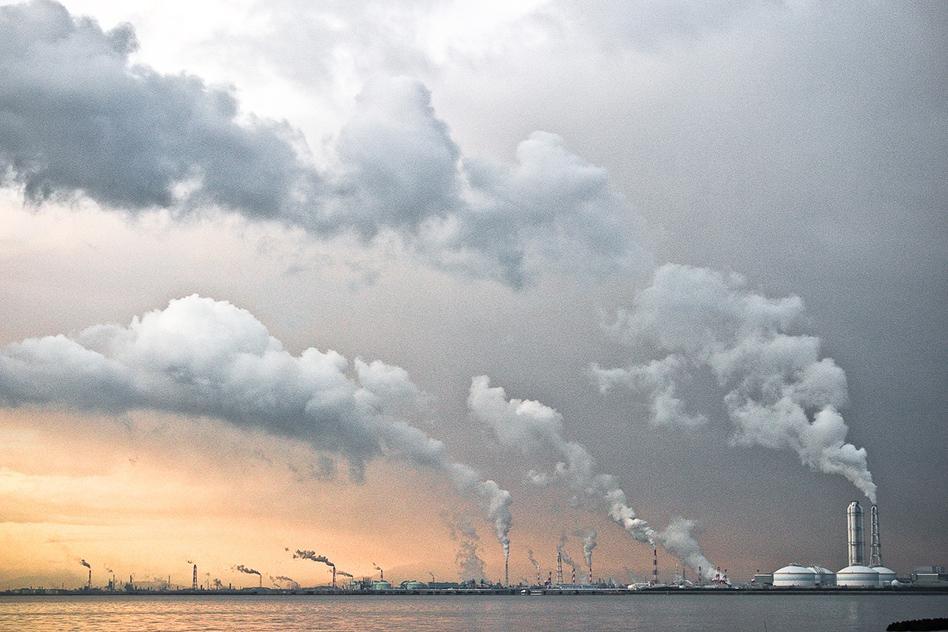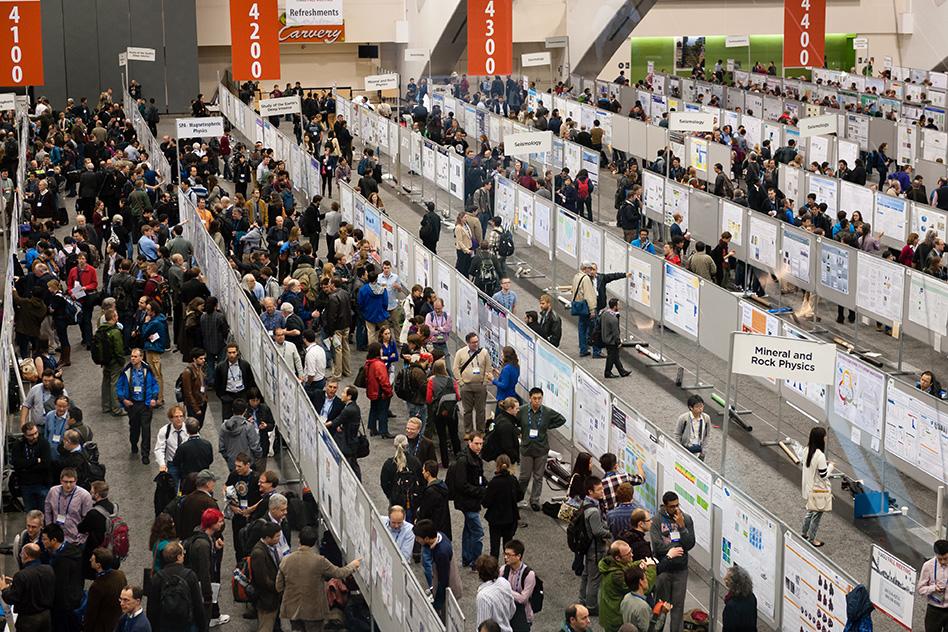News + Media

On November 6-7, the 2017 MIT Water Summit convened experts from industry, academia, government and NGOs to examine critical issues at the food-water nexus. Presenters focused on the role of water in food production and how innovation, policy and technology can help communities to become more...

Study finds state’s annual risk of extreme rainfall will rise from 1 to 18 percent
Jennifer Chu | MIT News Office November 13, 2017
As the city of Houston continues to recover and rebuild following the historic flooding unleashed by Hurricane Harvey, the region will also have to prepare for a future in which storms of Harvey’s magnitude are more likely to occur.
...
Susan Solomon's John H. Carlson Lecture examines past environmental challenges in the context of today's fight against climate change
Helen Hill | EAPS November 9, 2017
The headlines are full of bad news about the environment, but Susan Solomon, the Lee and Geraldine Martin Professor of Environmental Studies at MIT, thinks it’s important to celebrate and learn from past successes as we think about today's environmental...

US News & World Report: MIT Joint Program co-founder Henry Jacoby expresses concern about the transparency of emissions reporting among signatories of the Paris Agreement.
By SETH BORENSTEIN, AP Science Writer
WASHINGTON (AP) — How's this for awkward? The United States has a delegation at international climate talks in Bonn that will be telling other nations what they should do on an agreement that the president wants no part of.
President Donald...

Research, education, and student activities help create a robust community focused on fueling the world's future
Kathryn M. O'Neill | MIT Energy Initiative November 7, 2017
On any given day at MIT, undergraduates design hydro-powered desalination systems, graduate students test alternative fuels, and professors work to tap the huge energy-generating potential of nuclear fusion, biomaterials, and...

"A serious commitment to long-run climate goals requires we stay focused on planning for a zero-carbon world," writes MIT Joint Program Co-Director John Reilly in The Energy Collective.
November 6, 2017 by Energy @ MIT
The oil industry is pinning its hopes on natural gas. To hear oil executives tell it, natural gas is a veritable “bridge between a fossil fuel past and a carbon-free future,” as Bloomberg News put it recently.

HIghlights from around the Institute include recent Joint Program developments
October 20, 2017
MIT’s Plan for Action on Climate Change was released two years ago, in October 2015. This update provides highlights on climate action at MIT since last year. (Highlights from 2016 can be found here.)
Highlights from around the Institute

Atmospheric chemist takes on pollutants and the global treaties written to control them
Jennifer Chu | MIT News Office October 22, 2017
In 1995, the Governing Council of the United Nations Environment Program called for a united, global effort to reduce persistent organic pollutants (POPs) — synthetic chemicals such as PCBs, DDT, and dioxins. The compounds were known to...

More than 20 researchers and affiliates of the MIT Joint Program on the Science and Policy of Global Change are scheduled to convene and chair two sessions and deliver or contribute to 21 oral or poster presentations at the American Geophysical Union (AGU) 2017 Fall Meeting on December 11-15 in...

Perched on a circle of chairs in a well-lit room in an office building across from Boston City Hall Plaza on a Friday morning, 15 adults of all ages explored how best to enable citizens of Greater Boston to confront the risks posed by climate change.

